The Passionate Photographer – A Life Obsessed
All I ever wanted to do was take pictures. I love photography. My tagline says "obsessed by all things photographic" and it's true.
When I was 16, I spent a summer riding around my suburban Montreal home on a 70cc motorcycle, an all-mechanical Nikon FM/35mm lens dangling from my neck. I was documenting community life for a local weekly newspaper long since gone. Even better, I got paid for it. As good as it gets I thought.
Years later, I graduated university with a journalism degree, and I couldn't wait to aim my camera at issues I thought were important.
Fast forward ten great; sometimes-frustrating; always-stimulating years as a news photographer, I was finding it difficult to stay fresh and challenged. Daily assignments had made me a skilled and swift-working photographer, but I had become impatient, often retreating within my comfort zone, feeling forced to work in a formulaic fashion because of time constraints. I was ready for a photographic break-through, a way to slow down and find a way back to the innocence of vision and joy I had as a young guy cruising around town with my camera.
If there's one concept I want to convey in my guest post (thanks Scott and Brad for the opportunity), it's that the most rewarding part of the photographic process often comes when you find a project or theme you feel passion for, one you can dig into, and challenge yourself to create a set of pictures.
Finding Your Passion
Directing your photographic energy and passion towards a story or theme is something I feel confident will lead you toward becoming the photographer you want to be. It is passion that will take you there…if you let it.
But you have to find the subject matter that inspires you to commit and drives you to work hard, moving past frustrations and through obstacles, pushing towards a photographic place of competence and excitement you cannot even imagine as you read this.
In the evolution of a photographer, to get to the next step, liberating yourself from photographic routine, peeling away layers of traditional imagery to get to the core of your photographic soul is to be honest and ask, "What is it I am trying to say through my photography?"
Diane Arbus said something to the effect of "the more personal you make it, the more universal it becomes."
What a powerful and liberating thought. In my experience it's dead on.
Photography is a universal language and the more honest and revealing you are, the more viewers will respond to the work. If you stop trying to make images that look like what you think strong photography is supposed to look like and instead look inward, aiming your camera at the things most personal to you, following your curiosity â”your work will be elevated. Honesty and passion shine through.
Story ideas can come from anywhere. I tend to read as much as I can, looking at blogs, magazines, news sites, reading books, listening to music, visiting galleries, looking at the work of other artists and photographers. But many of my best ideas come from my own life. Personal experience and exploring your own connections often yield some of the best and most rewarding projects.
If you're inspired by the landscape, what is it that inspires you? How does it make you feel? As you dig deep the goal is to create images that make the viewer feel something, maybe discovering what you already know about the place. In other words, images that transcend the literal and become more lyrical.
Consider putting together a set of images for a book or exhibition, even if that exhibition is in your own living room. The challenge of creating a set of pictures is to make each piece strong, yet when put together in a very deliberate way, the message communicated is often bigger and more complex than any individual piece can convey on its own. The sum is greater than the parts.
The process of assembling, sequencing and showing a set of pictures will force you to make tough decisions. If two images are similar, you need to choose the strongest one or the image that adds to or moves the communication of the project further. Some projects, use repetition as a way to build momentum, a portrait series for example. Regardless, it's like peeling an onion, you get deeper and deeper, and start to make images that scratch and dig below the literal surface to photographic places new and exciting.
It's no mystery that when you go through a volume of work, you learn from your experience and you get better. And because you're passionate about the work, you will work harder and longer; putting in the time.
More comprehensive coverage yields stronger, deeper, and more interesting work. If your story involves people, for example, they often get more comfortable with you as time goes by, relaxing and letting their guard down to reveal more of themselves for you to c!apture. Shooting more helps improve your skills and makes you a better photographer.
For two summers, I went on a road trip from Maine to Alaska and I never looked back. Even though it has never been published, The America At The Edge Project changed my life.
Of course, all big ideas start with a small step, and securing your idea is what you need to do first. Don't over think it, you won't know for sure that your idea is executable until you start the process of shooting.
What Personal Projects Have Taught Me
All my projects turn into amazing adventures. Personal projects have taught me so much. I have shared my process in my book The Passionate Photographer and now in this post. I'm sure much of my process will sound familiar to you.
I realized early on that for a photographer, a day never has to end. Life is 24/7 and so are photo opportunities. The look, feel, light, and rhythm of a place constantly change and can be interesting at different times of the day or night. I just needed to edit my situations, choosing where and when to photograph. I needed to use visual potential as my criteria, and learn to slow down and be patient. I'm human, and as much as I'd like to be shooting 24-7, it's a formula for burn out.
My project Heroines and Heroes, taught me that sometimes a project can motivate you for unselfish reasons. I knew that when the book was published it could have a positive impact. I was adding my voice to promote awareness of what the scourge of HIV/ADIS was doing. It motivated me to do the absolute best job I could in the time I had to do it.
I learned that photography is a numbers game. If baseball players hit 3/10, they are superstars and the ratio of a photographer is much higher. For the kind of street and documentary work that I do, I learned to trigger on instinct, turn off my image review screen and feel my way through. This required more shooting and a longer more tedious edit but it was worth it.
Going through a volume of work reveals your "style". It's not a conscious thing. I likely will notice your style before you do. Just keep shooting and don't worry, your styleâ” your unique vision of the worldâ” will reveal itself.
When I see something worth shooting, that first trigger of the shutter is my starting point. I then do what I call "the compositional dance"; moving in and out and around my subject, very close and far backâ” always eye to the viewfinder. I see my subject from all angles, which often takes me to great images I would not have otherwise had. And I keep at it for as is so often the case, when I put in the time, patience rewards me. Mostly my best work comes toward the end of the session. If I gave up at frame 78 and my five-star is frame 87, I didn't get the best of the situation. Work a little longer and harder and you w!ill be rewarded.
Work from my book Empty Sky-The Pilgrimage To Ground Zero. I shot 100 rolls of Tri-X to get the 63 images for the book. In my experience, the more time you put in, the more you shoot, the better it gets.
The Dance has taught me that a small change in camera position will rearrange everything within the frame. As you do the dance, with time and volume what you learn infuses into your process and you fast-track to stronger images. It's a bit like the start of a roller-coaster ride, you go up very slowly and there's a tipping point; you're in the same car but suddenly you're moving frighteningly fast; you're in a new world.
By the way, volume ramps up your technical game. In my experience the technical side of photography is the place many get bogged down, yet it is the easiest thing to fix. But there are no shortcuts. The camera shouldn't get in the way of the photo. I simplify my process so like riding a bike, I just get on and go. I don't have to think. I have no time to think, photography is a fraction of a second. There's is always some left-brain involvement but the sooner you get to this place and you will get there, your reaction time is faster and your images get stronger. With a DSLR, back-button focus is a game changer; trust me. Learn it.
I have covered every political convention since the Republican Convention pictured here in 2004. I shot a big volume with my Nikon D70 at the time. That six megapixel camera made big beautiful prints. My 2GB cards cost more than $200 each back then. How far we've come with the tools we have available now. How much better can it get?
I like to stay in one mode: Aperture Priority, much of the time and often wide open as my starting point since I love that wide apertures (selective focus) force the viewer to see what I deem important within the frame, the sharpest area. It's a starting point but often my end point. I dip into manual mode when lighting conditions warrant.
Auto-ISO can add a cape to your process, insuring a minimum fast shutter speed so camera shake and subject movement are mostly neutralized and your number of sharp images goes up into super-hero territory. (If blur isn't making your image better by communicating the illusion of movement, it's likely hurting your image).
But I also have mirror-less, compacts and an iPhone; the bottom line is whichever camera you use, learn it well and let muscle memory take over.
Even after all these years, I'm often surprised what the best photo turns out to be. The one I thought for sure is "it" when I'm shooting, isn't always. So I don't edit in the field. I shoot, shoot, shoot.
Projects have taught me the rewards of leaving my comfort zone and getting past my own fears. I'm a shy person but working on a people or street project requires that I make contact with strangers, never easy for a shy guy like me, but I do it anyway and my encounters with people have become my most rewarding photographic and human moments. It's rarely a negative experience.
Some projects come to you. I got to cover the 2010 Olympics for the Canadian Olympic Committee book. I'm not a sports photographer but knowing my gear well let me get images I wouldn't have got otherwise. Thank-you Nikon and back-button autofocus and Auto ISO. I lost 10 pounds during the month-long shoot. (Gained it all back the day after).
The Best Is Yet To Come
I've often thought that in some creative arts like music, there is a raw energy of youth where talent and energy create great work that can't be replicated with age. But I believe it's different in the visual arts.
As I get older, I'm comforted by the fact that the best is yet to come. I know this, because I look around at some of my photographic heroes like Eugene Richards, Joseph Koudelka, and Jay Maisel doing their best work in their 60, 70's and 80's. We photographers live long lives because we have a lot of photographs yet to take. When I look at the arc of a great photographer's career, I see the best work often coming later.
If you're one of the many photographers who passionately shot years ago and then life borrowed you from your passion and now you're back, take heart. You are not starting from where you left off because when you dust off the technical cobwebs, your whole life's experience can be infused into your work. You will have something to say. And when you figure out what that is, there's no limit to how far you can take this photography thing.
Some commercial work, mostly for Nikon Corporation and other clients. The trick is to get paid for doing the work you love. As a professional it is what we work towards.
I have been doing this my whole life and when my camera is at my side good things happen. I am more enthusiastic than I have ever been. I have rediscovered the sheer joy for photography I felt as a young man, riding my motorcycle through the suburban streets of Montreal, looking for my next photograph.
By tapping into what you are interested in, curious or passionate about, your work will be separated from everyone else with a camera. Only you can stop you. The best is yet to come. How good will you get?
Steve will be at PhotoPlus Expo this week, so come say hi! You can find him here on Thursday and here on Saturday.
His new blog officially launches today at ThePassionatePhotographer.com! You can see more of Steve’s work at SteveSimonPhoto.com, pick up his book The Passionate Photographer, check out his upcoming workshops, and follow him on Facebook and Twitter.



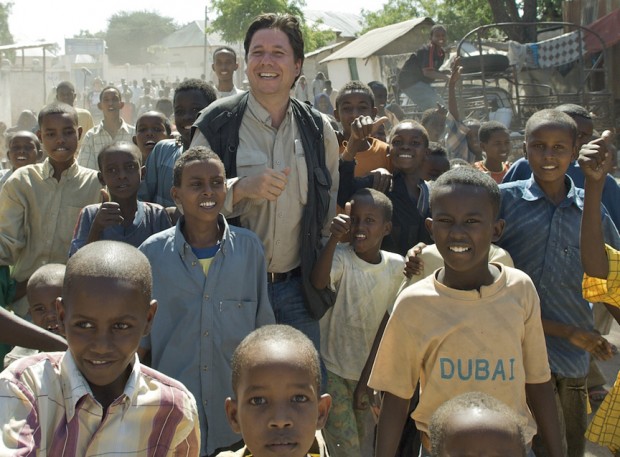
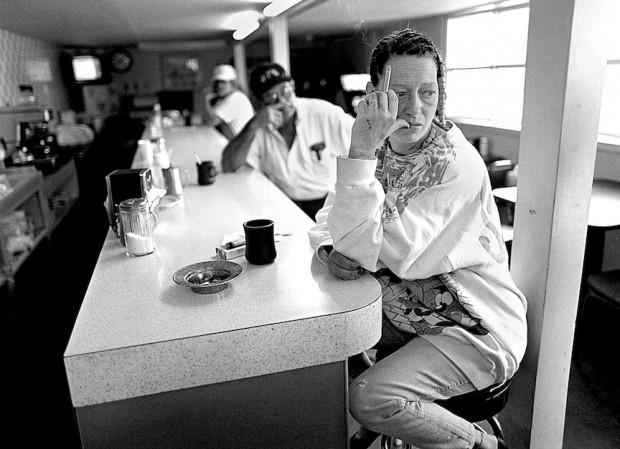
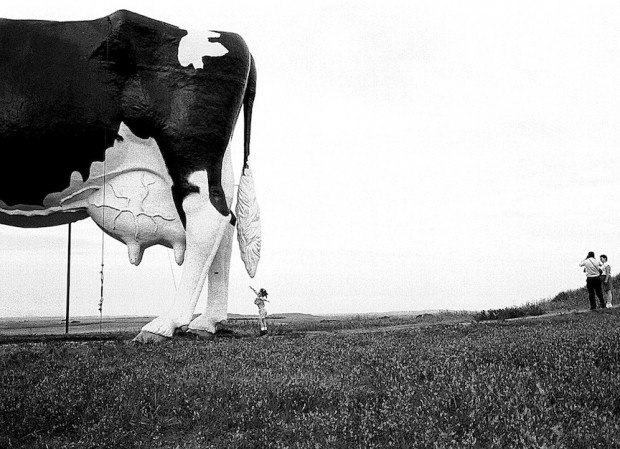
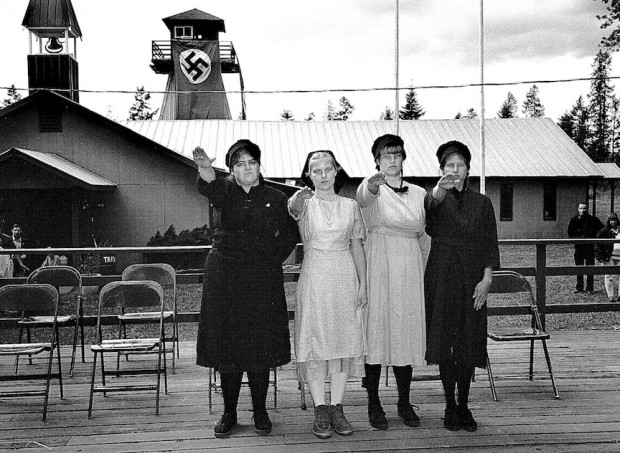
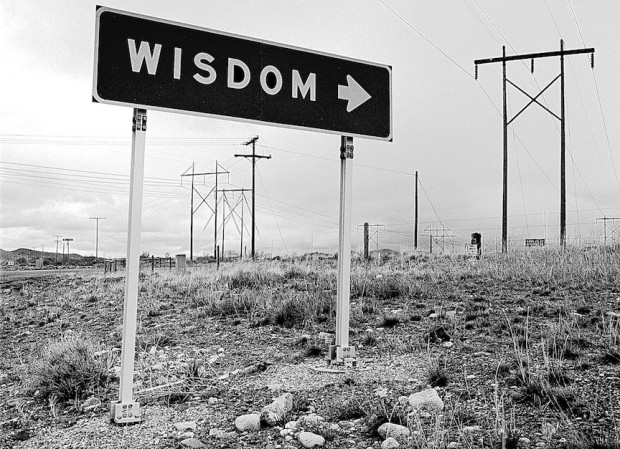
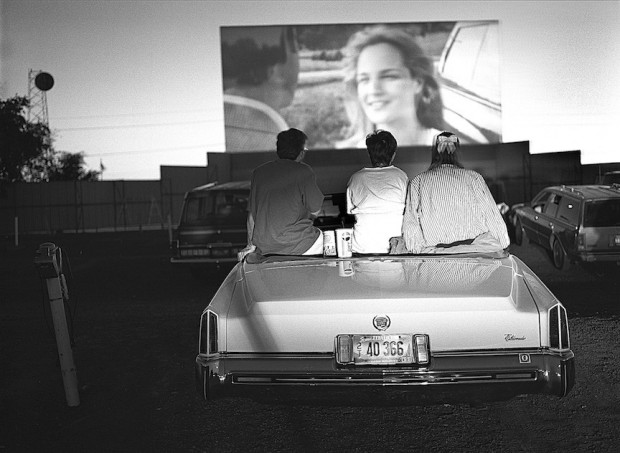
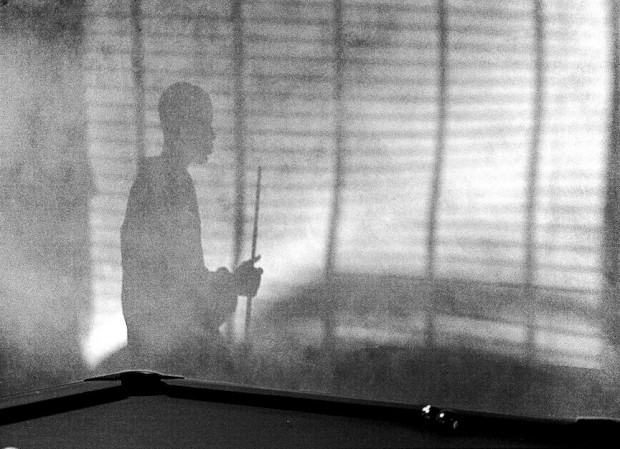
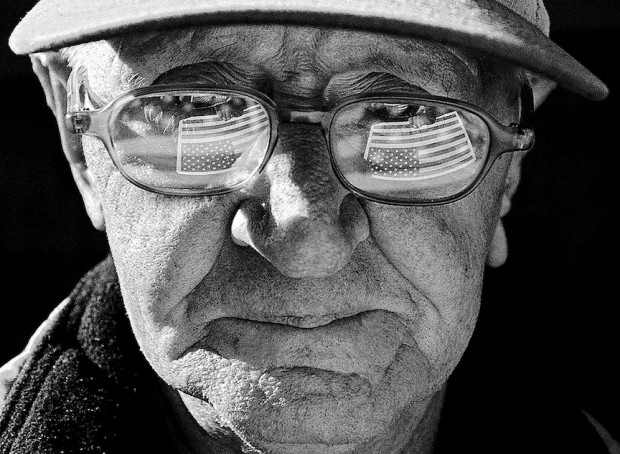
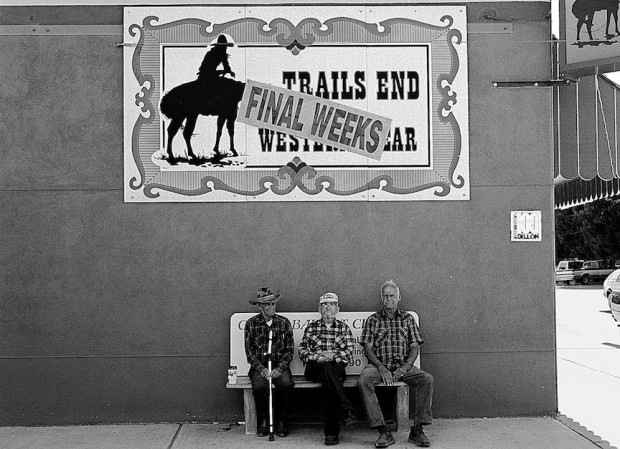
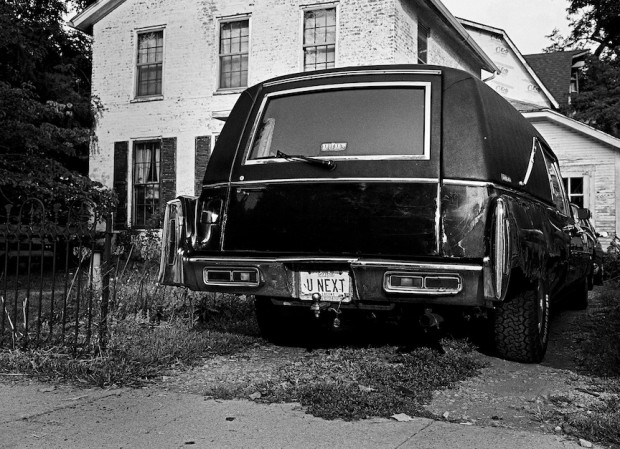
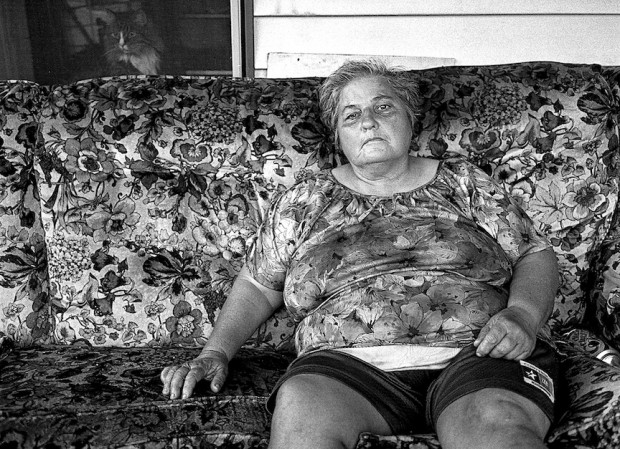
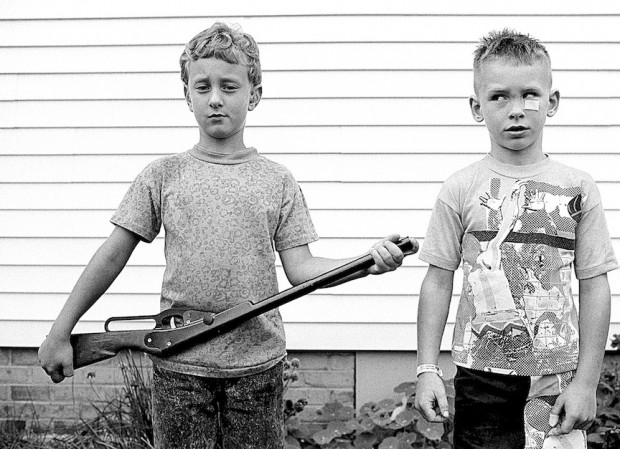
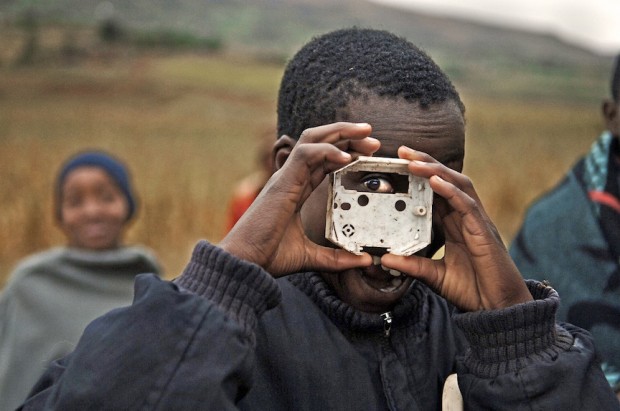
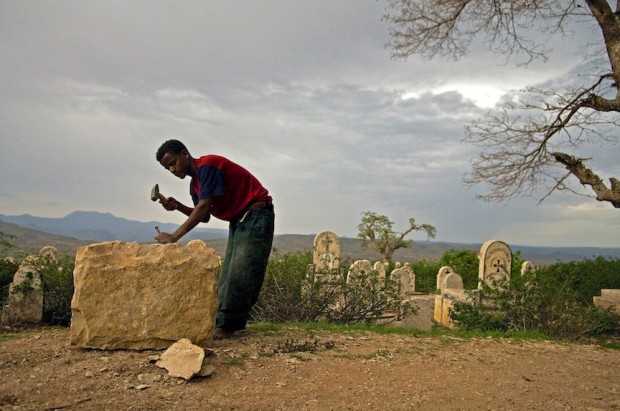
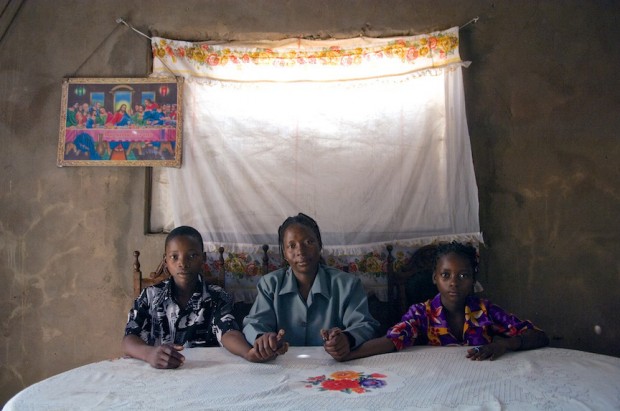
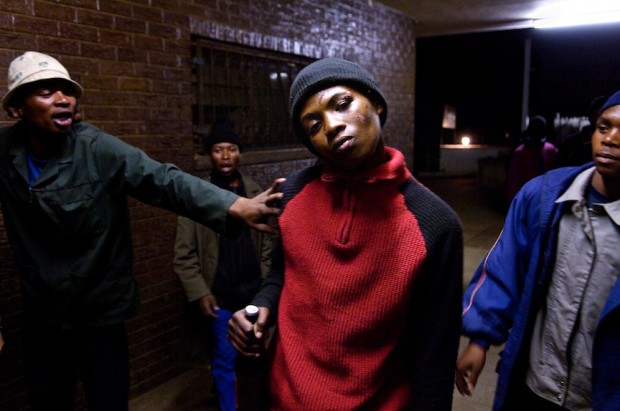
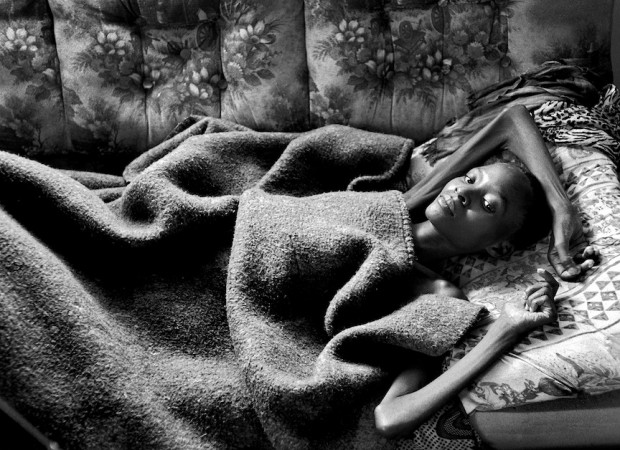
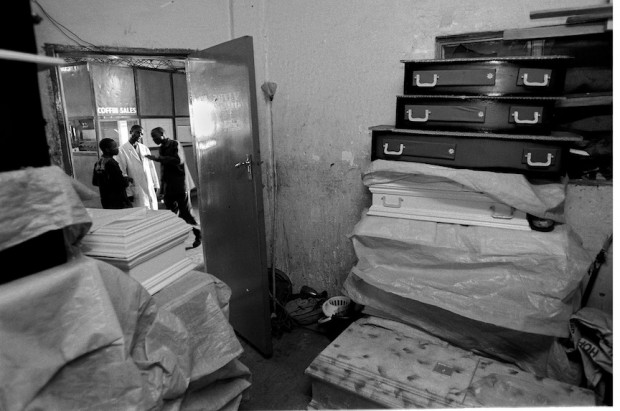
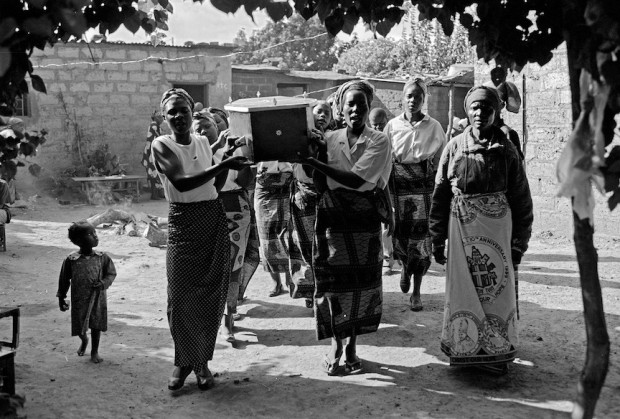
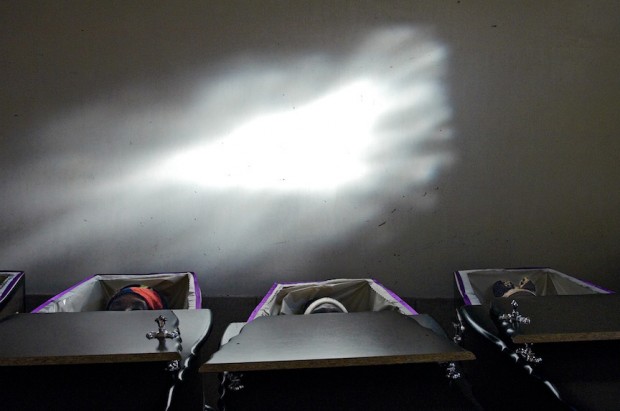
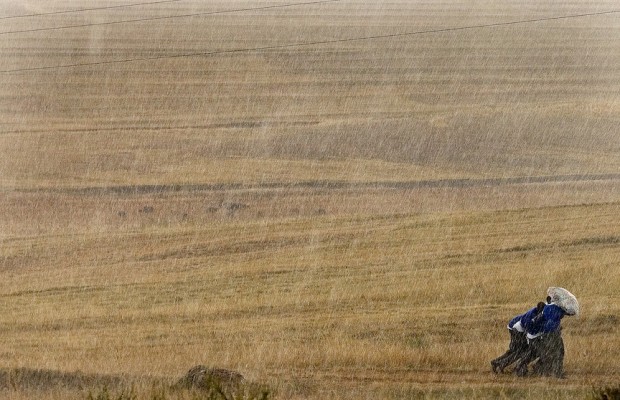
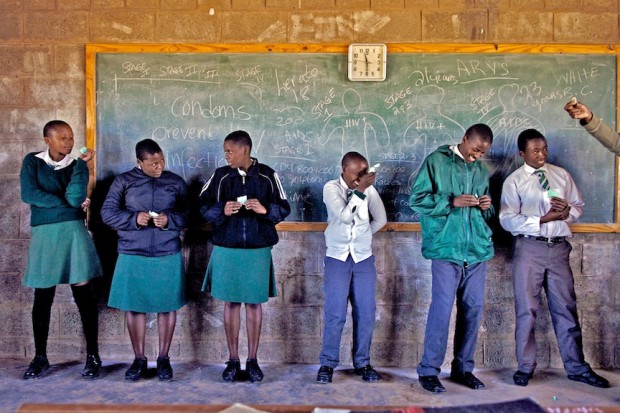
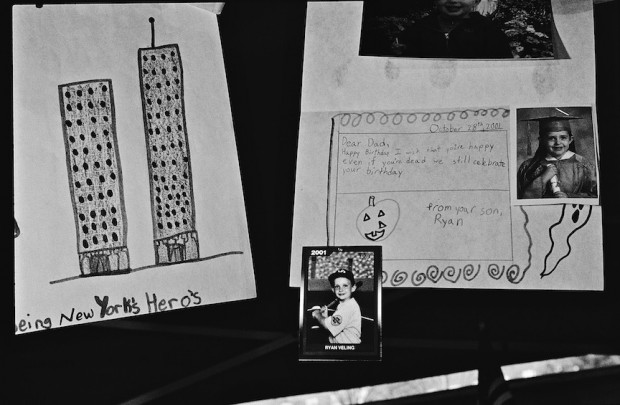
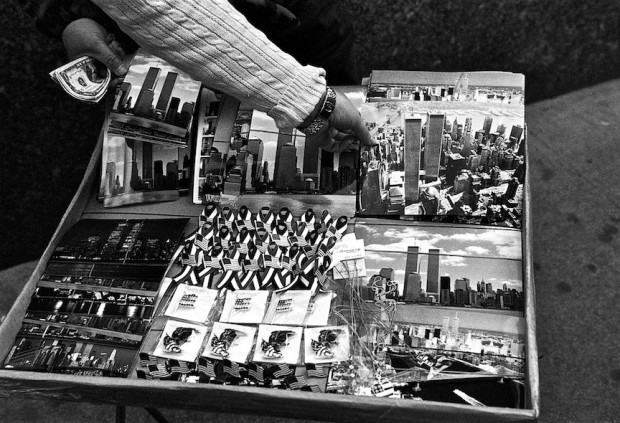
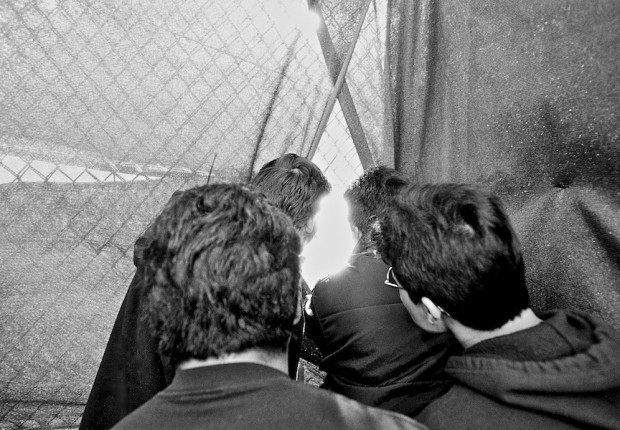
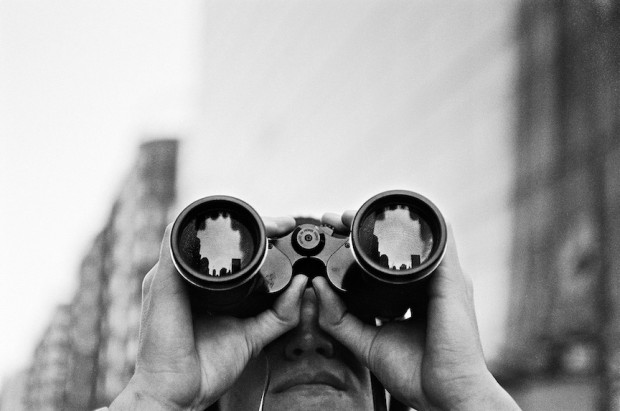
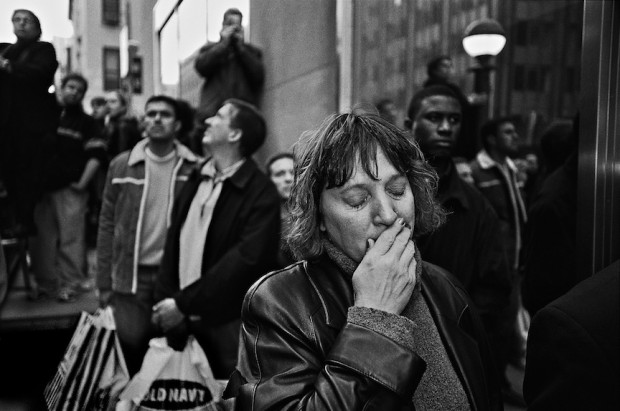
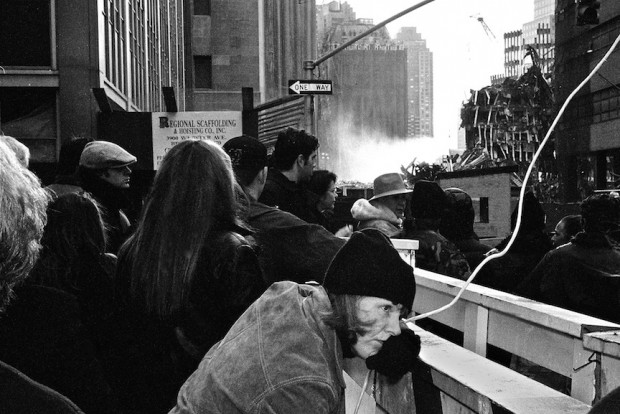
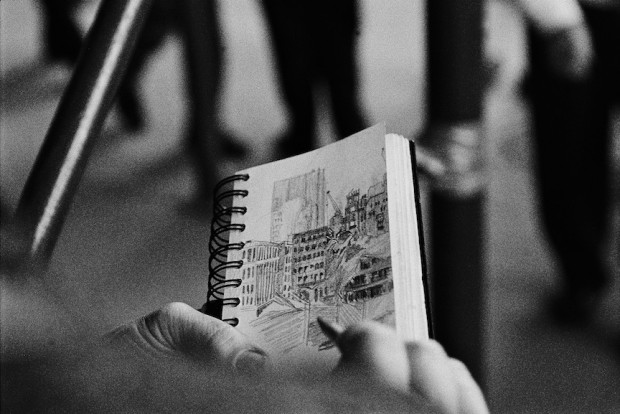
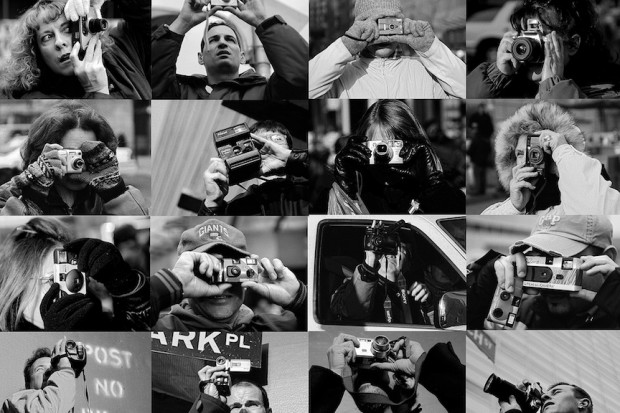
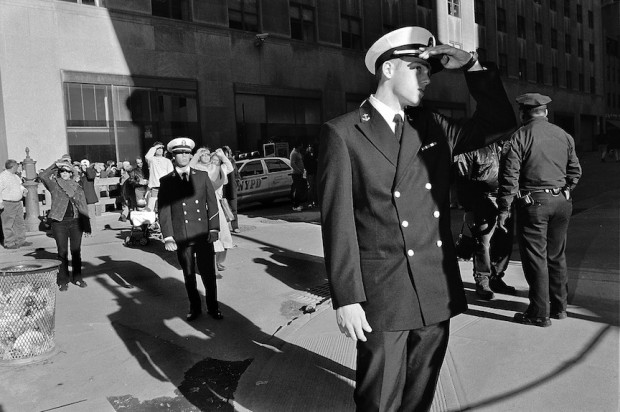
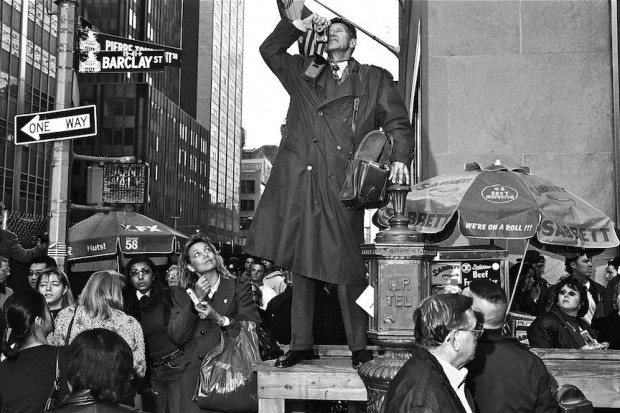
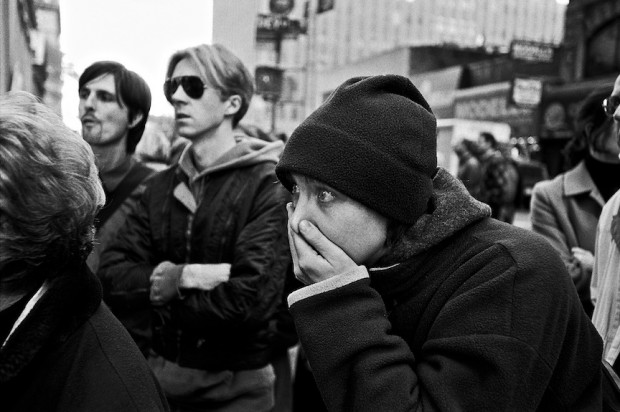
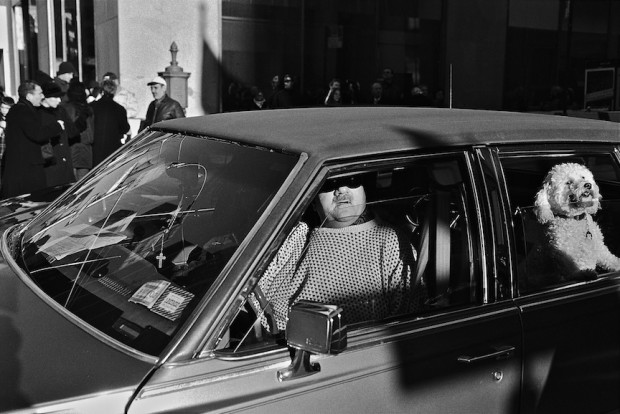
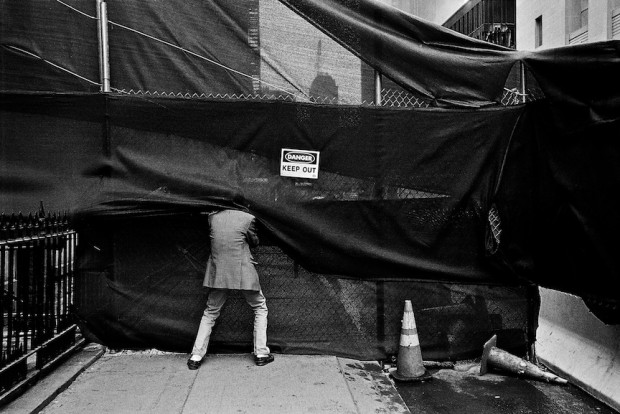
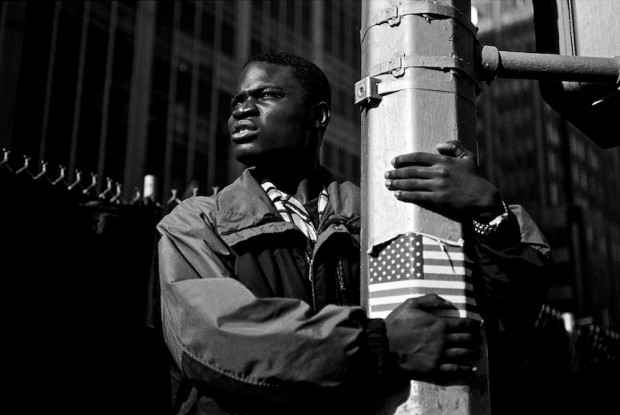
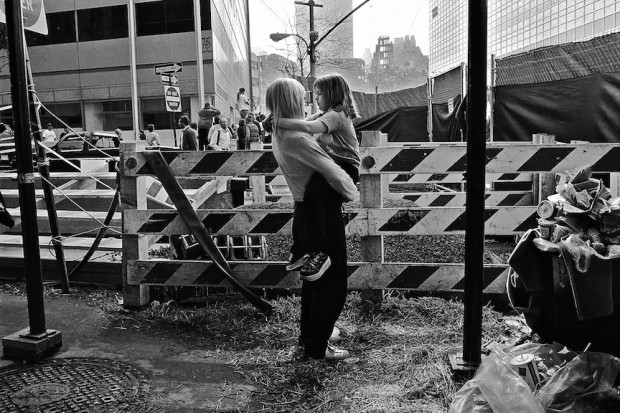
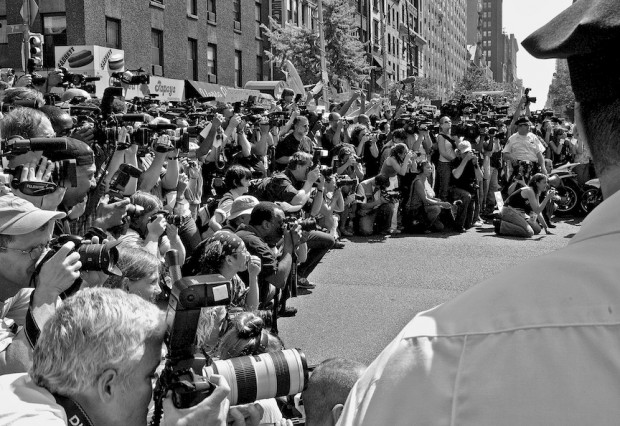
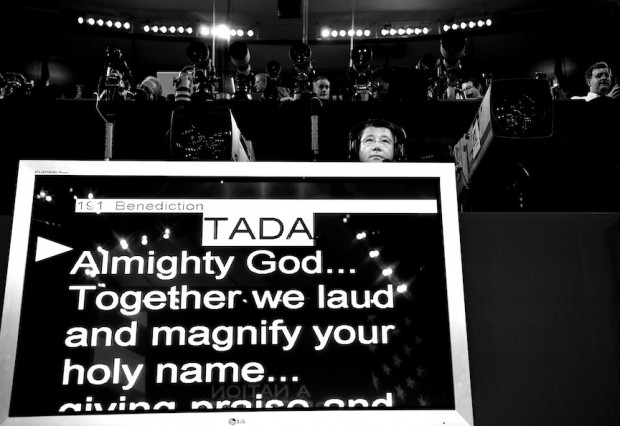
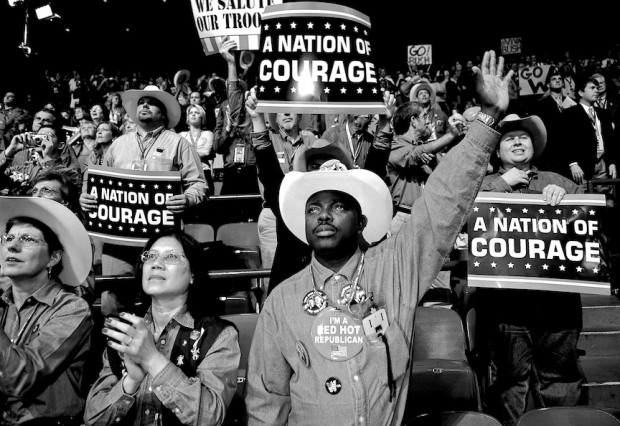
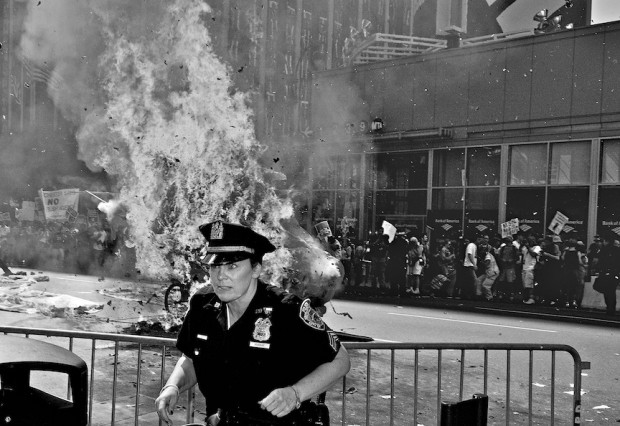
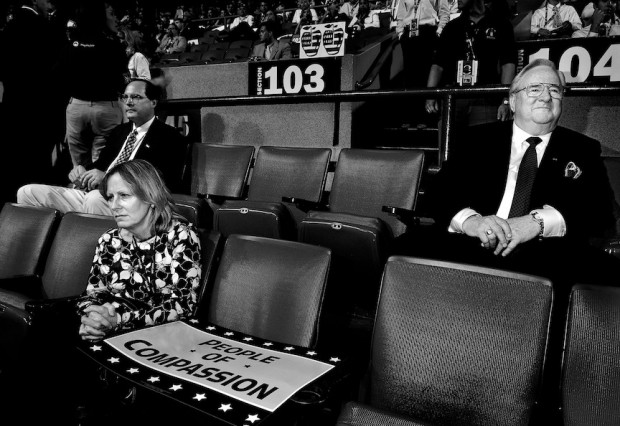
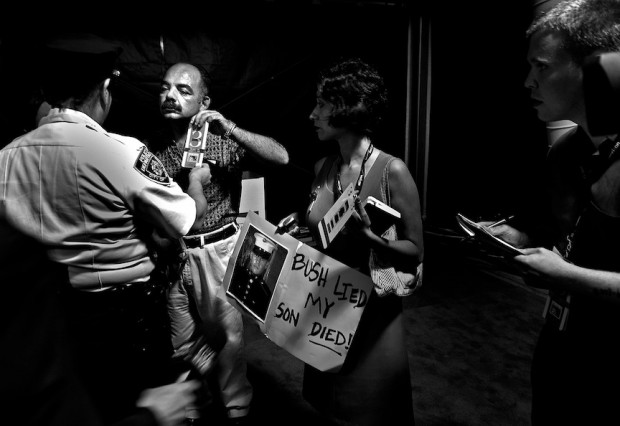
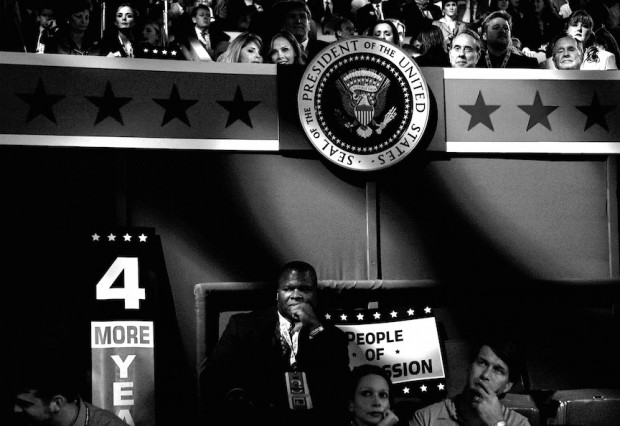
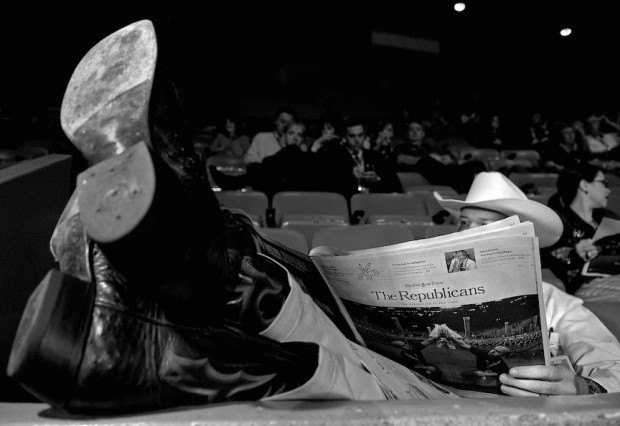
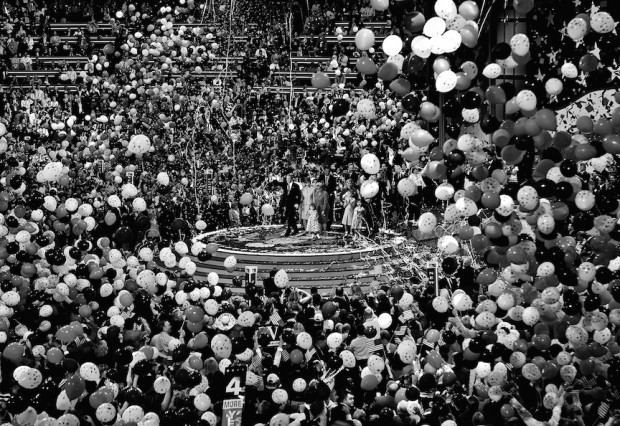
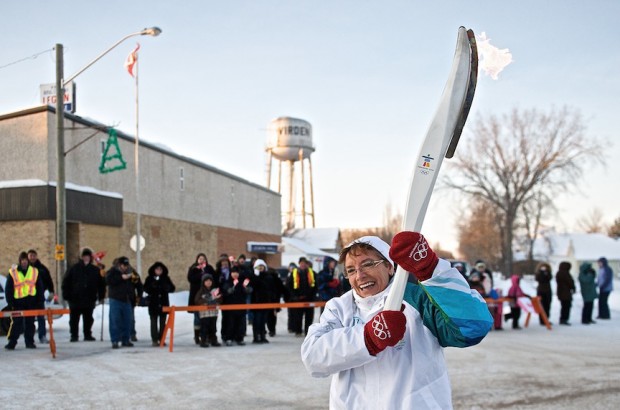
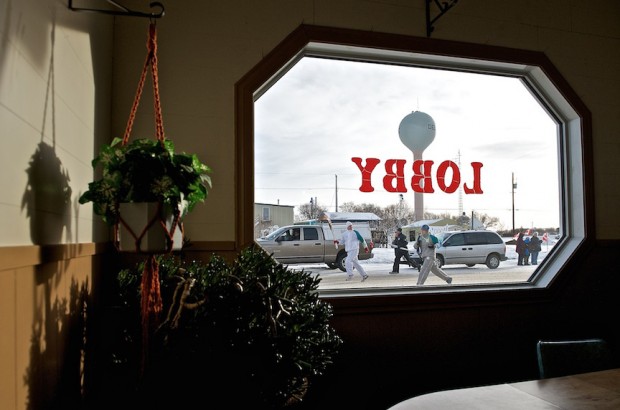
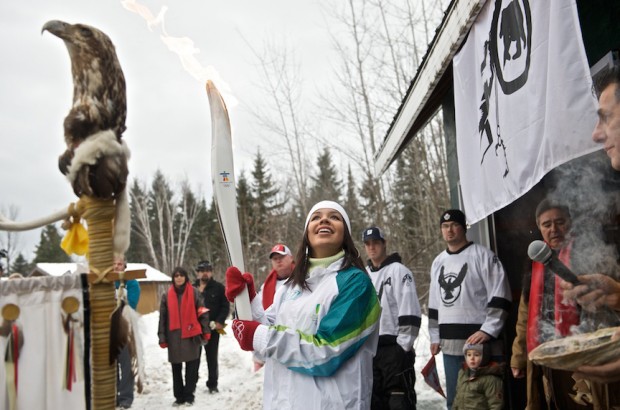
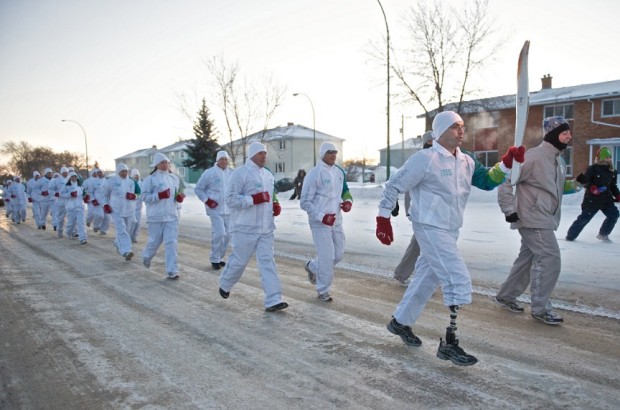
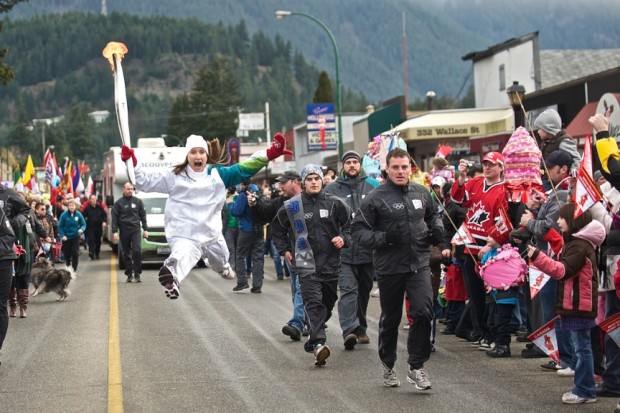
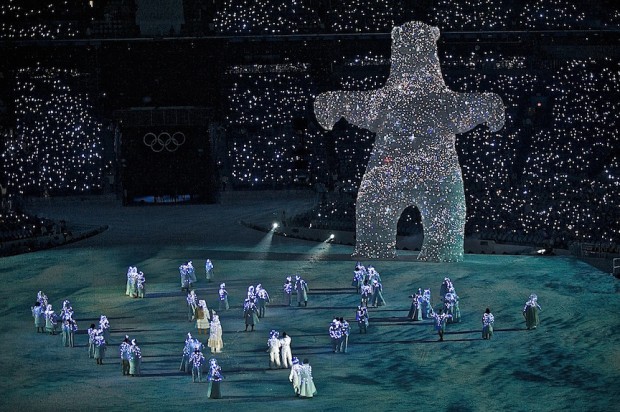
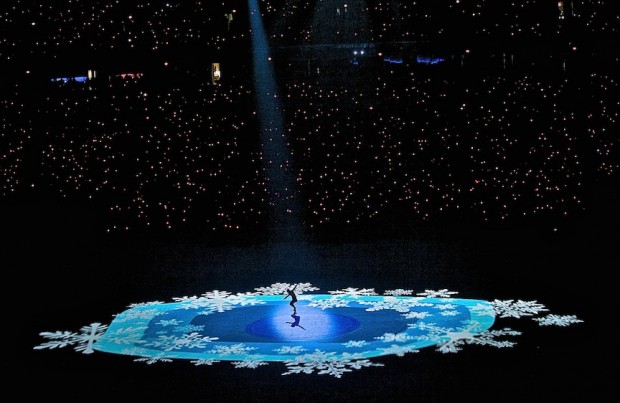
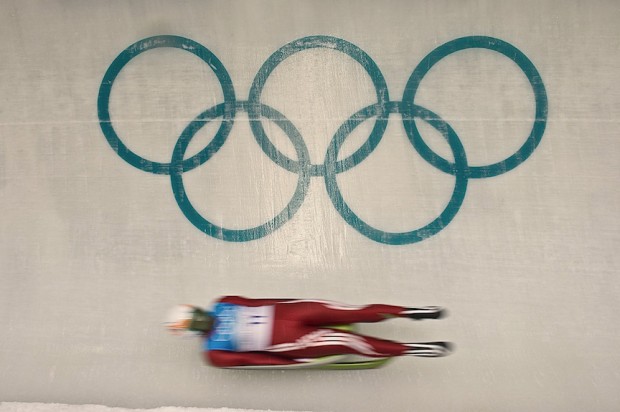
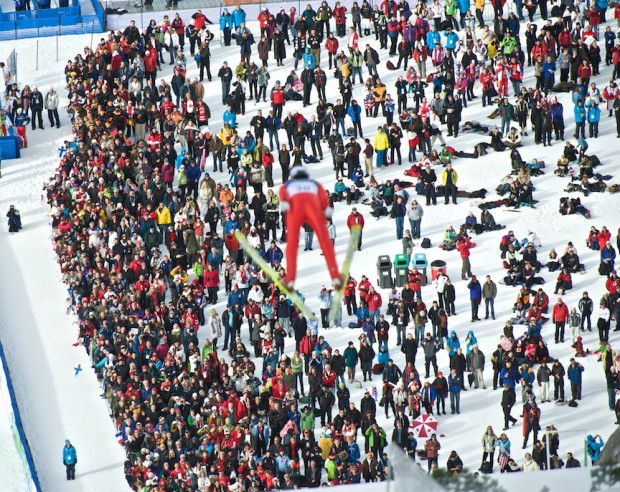
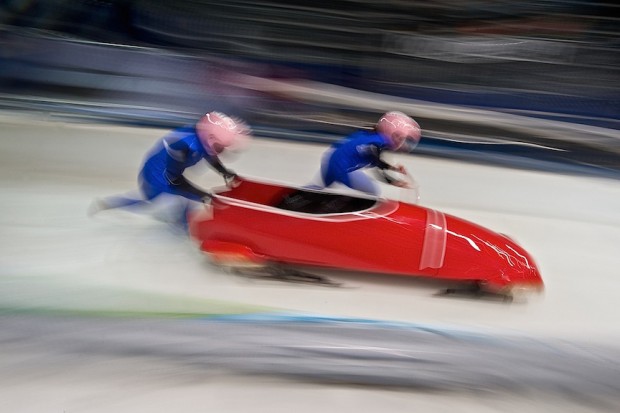
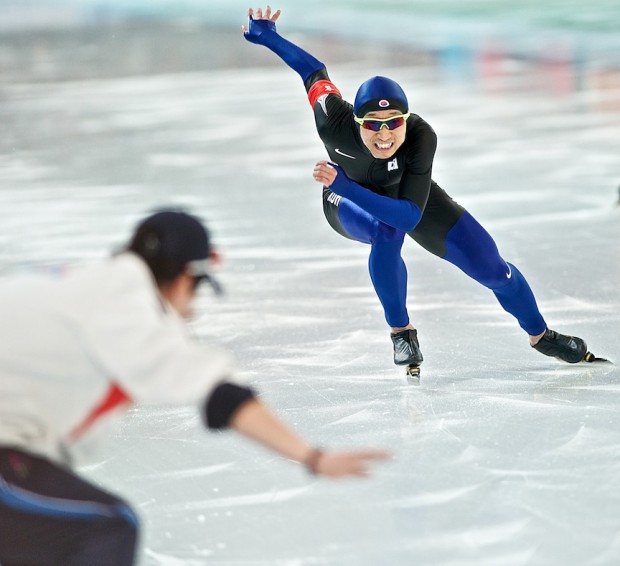
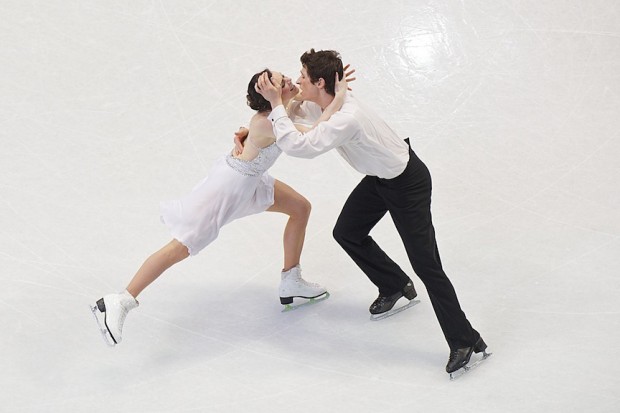
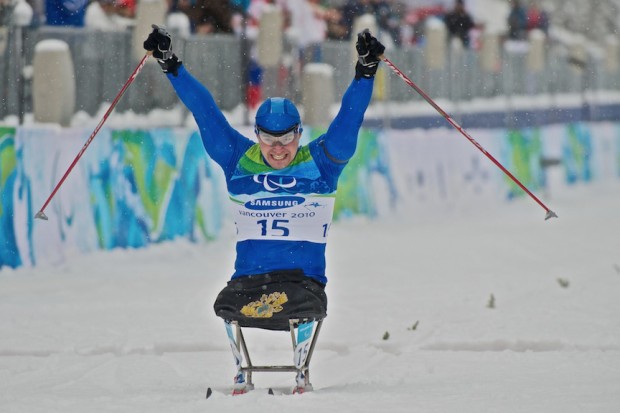
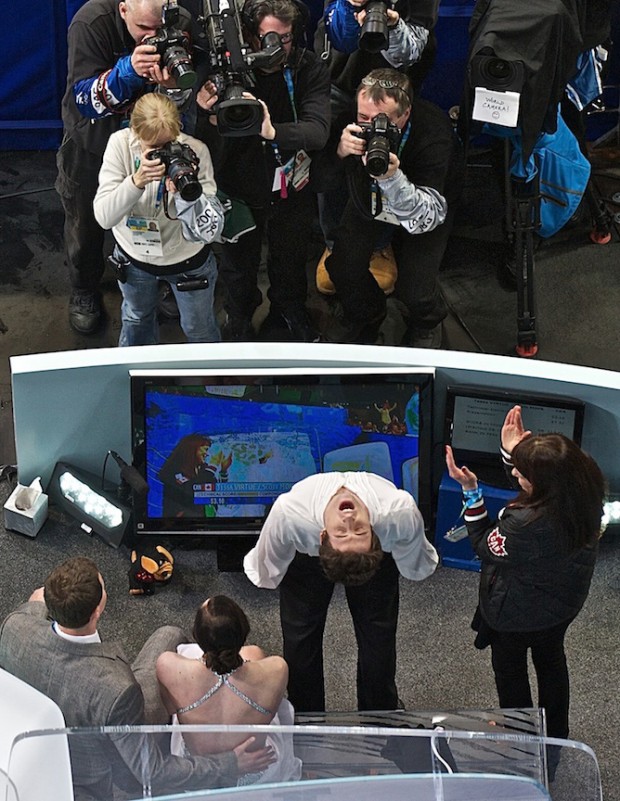
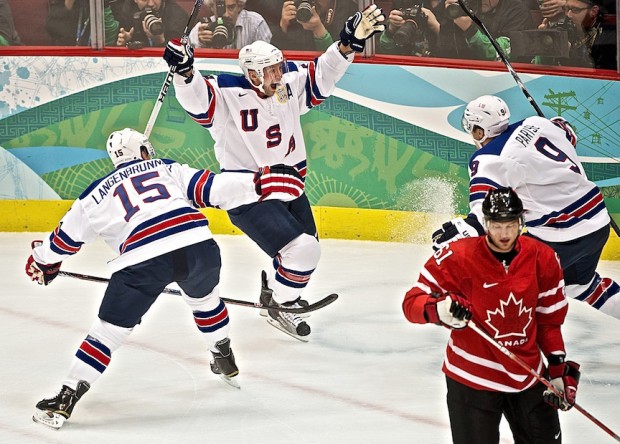

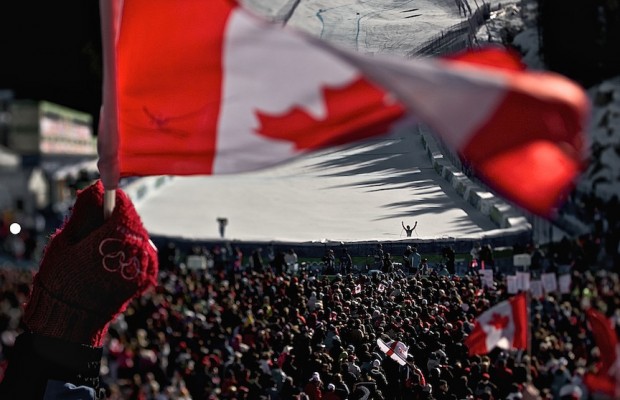
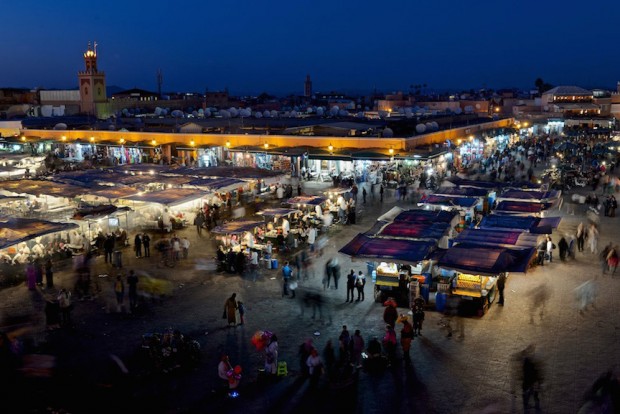
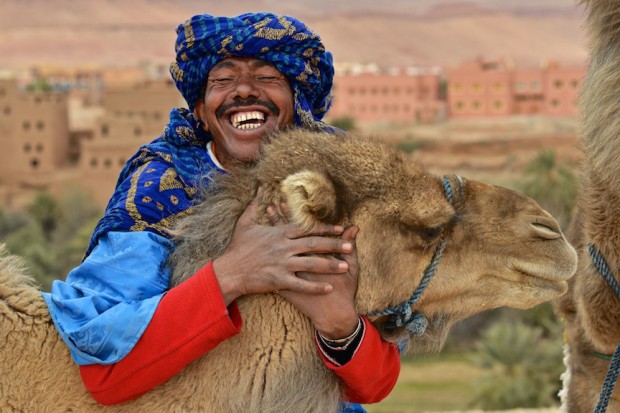
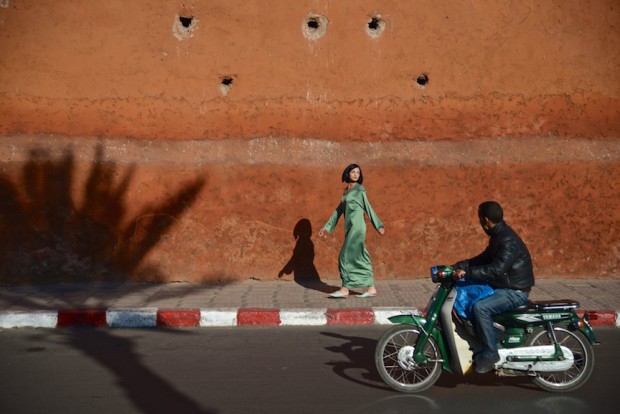
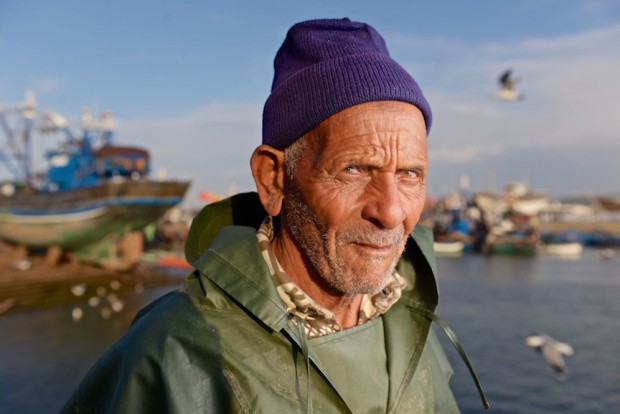
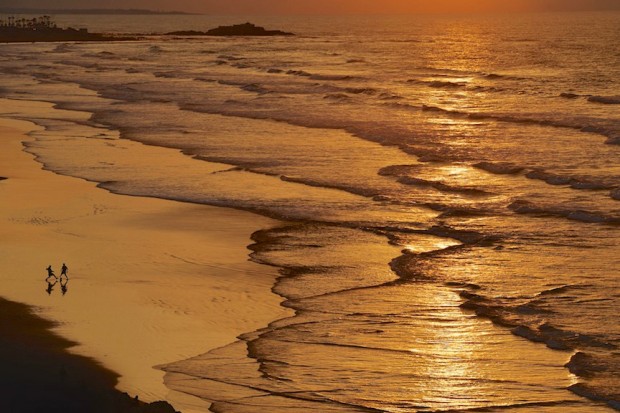
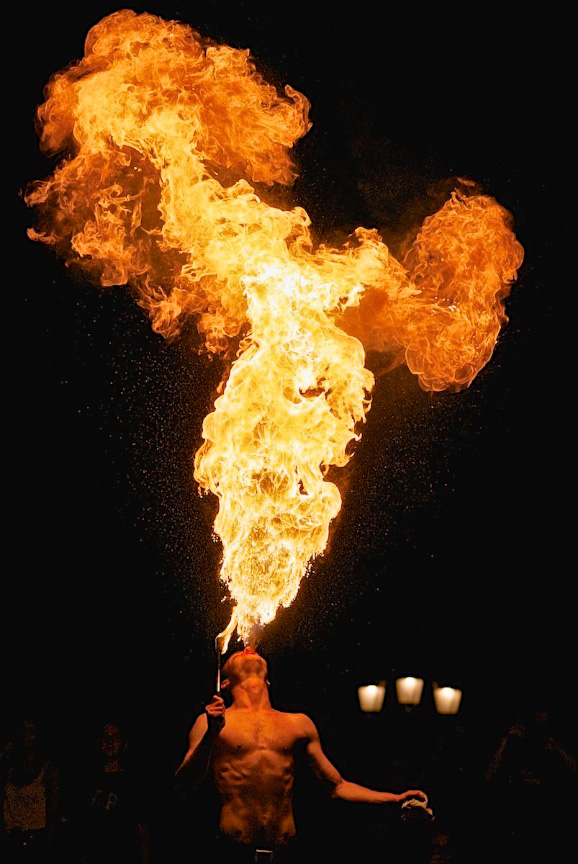
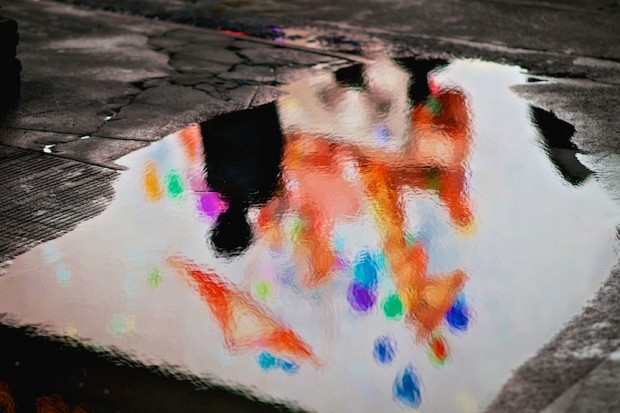
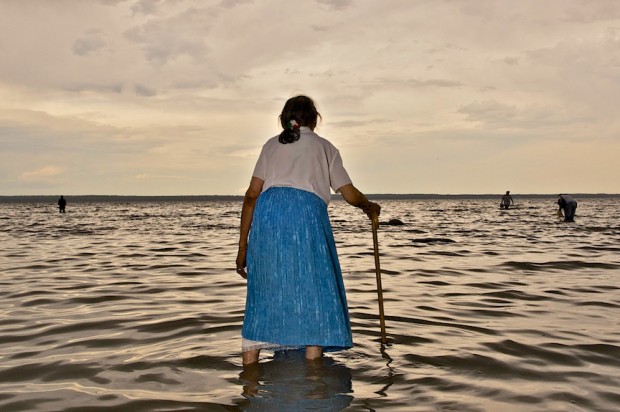
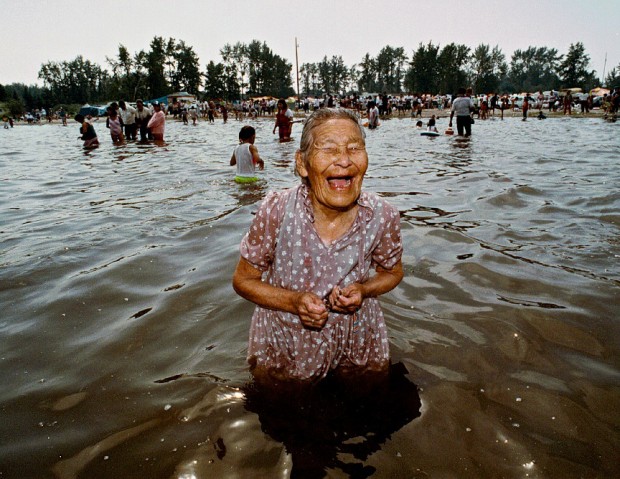
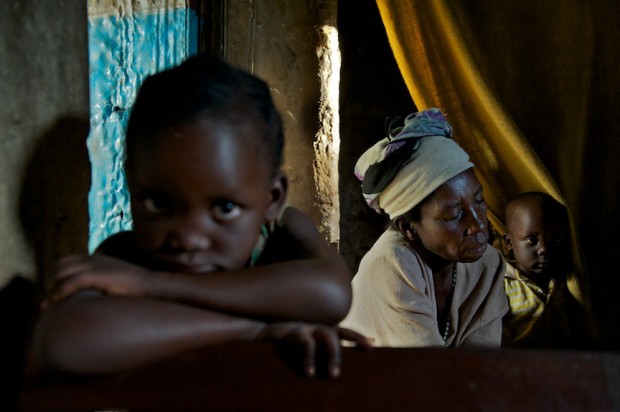
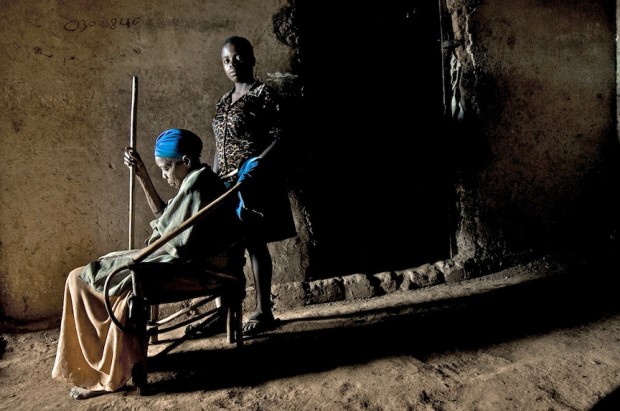
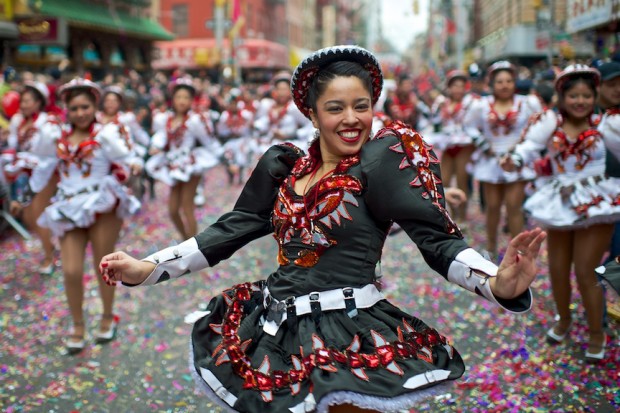
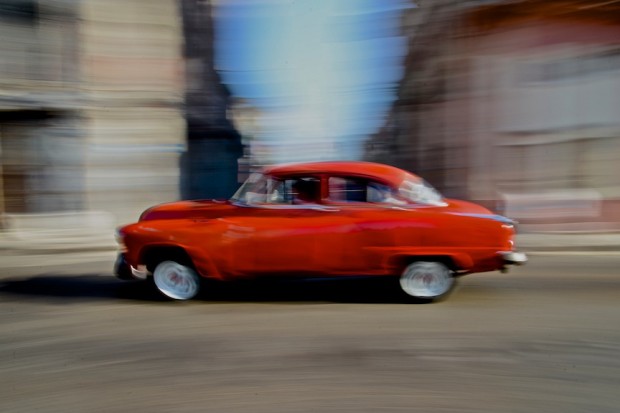
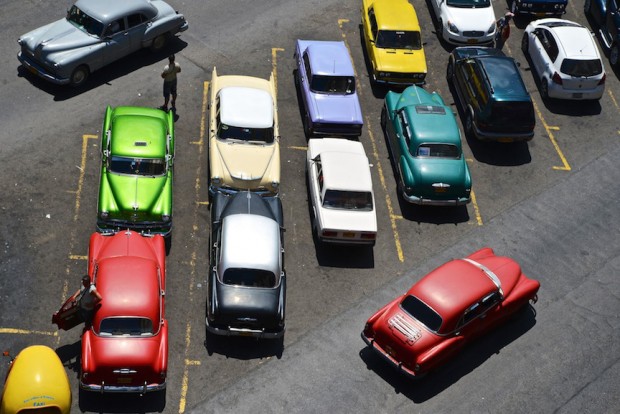
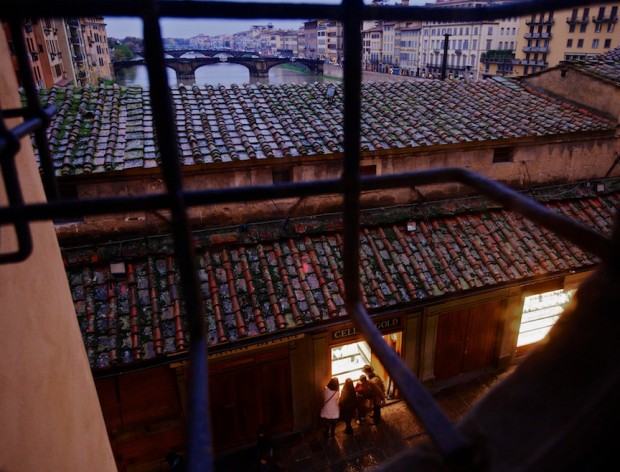
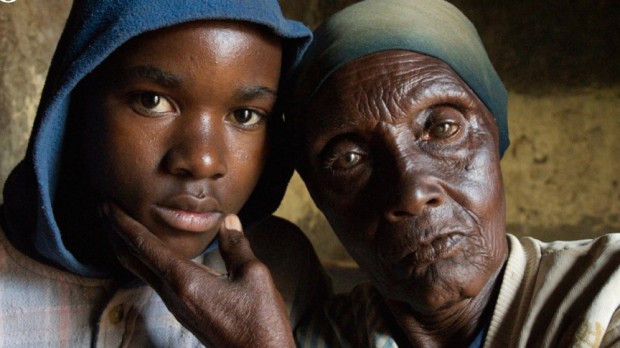
Great post with lots of good photos and advice, thanks!
Excellent blog post. Thank you.
Superb post.
You are welcome!
Fantastic blog post….my favorite since Zach Arias’ post a few years ago!! In my humble opinion, THIS is what photography is all about, and you do it so well !! Great job, and I will be following you from here on out….you have a new fan for sure!
“Going through a volume of work reveals your “styleâ€. It’s not a conscious thing. I likely will notice your style before you do. Just keep shooting and don’t worry, your style— your unique vision of the world— will reveal itself.” Love this quote from Steve. He’s such a talent.
Thanks John and Scotty for the nice words. Glad to reach out to the Kelby crowd…
Your post is a great encouragement! Awesome images too.
Fresh motivation, thank you!